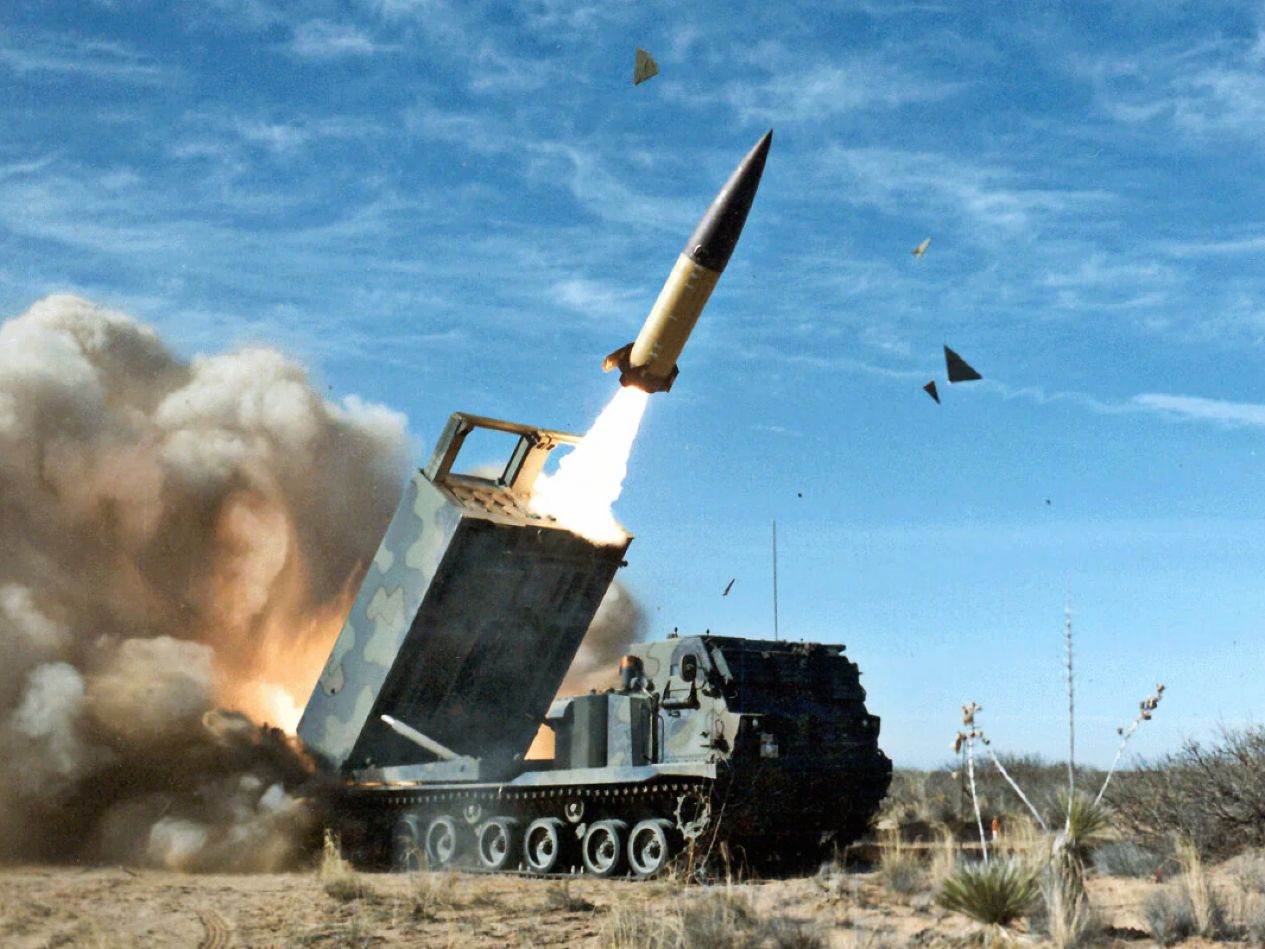Ukraine has claimed to possess a long-range missile with 700 km in range that can strike territories deep inside Russia, previously unreachable as NATO countries withheld long-range munitions like the ATACMS.
In a meeting with top military and other officials, Ukrainian President Volodymyr Zelensky said on August 31 that a new long-range weapon developed and produced by Ukraine locally had successfully reached a target 700 kilometers away, The Kyiv Independent reported.
The President, however, stopped short of details about when the strike was carried out and the kind of weapon he was talking about. However, the admission came just a day after Russia went under the most significant drone attack since the war began in February last year.
As part of this massive drone assault on August 30, Russian media reports indicated that the Ukrainians attacked an airbase in Pskov and damaged four Russian military planes in a drone strike. Pskov is closer to the borders of Estonia and Latvia and is located over 800 kilometers north of Kyiv and about 700 kilometers from the edge of Ukraine.
As part of these strikes, Russian air defense forces also shot down a Ukrainian missile over eastern Crimea and at least one drone over the Bryansk region in western Russia. None of the munitions were identified by the Russians, who immediately retaliated with their own missile and drone strikes.
Pskov airbase in northwest Russia was reportedly hit by a Ukrainian drone attack this evening.
Multiple large fires with possible secondary explosions visible. pic.twitter.com/lJs0cV4HOk
— OSINTtechnical (@Osinttechnical) August 29, 2023
This is not the first time Ukraine has struck a Russian airbase deep inside Russia. However, it has undoubtedly caught the Kremlin’s attention, frequently battling what it calls Ukrainian drone attacks in the last couple of weeks. Ukraine is known to have produced some of these drones while modifying some Soviet-era long-range drones to carry out longer-range missions.
For instance, Ukraine’s first long-range attack on Russia came as far back as in December last year when it attacked two Russian air bases-Engels and Dyagilevo air bases, which host Russia’s long-range bombers by dispatching a modified Tu-141 Strinzh bomber.
The drone traveled around 600 kilometers from Ukraine’s borders to hit the airbase inside the heart of Russia. Both the bases were closer to Moscow than they were to the Ukrainian boundary.
Reportedly, Footage of Drone attack on Russia’s Kremlin overnight!!! #Kremlin #Ukraine #ukrainecounteroffensive #Russia #UkraineWar #Drone pic.twitter.com/Fv8kuGJ6lf
— EurAsian Times (@THEEURASIATIMES) May 3, 2023
However, since then, Ukrainian attacks have become more extensive and more extended in range. In early May 2023, the Kremlin came under attack by two UAVs that were shot down by Russian air defenses. A video that emerged on May 3, 2023, showed a drone impacting the Senatsky Dvorets dome in the Kremlin in the Russian capital, Moscow.
Although many NATO countries have shown reluctance in arming Ukraine with munitions that would allow Kyiv to strike territories deep inside Russia, Kyiv has secured some longer-range missiles (up to 500 kilometers) such as the Storm Shadow and SCALP EG missiles from the UK and France respectively.
These are air-launched missiles launched from the Su-24MR, which have been used to strike Russian territories like Crimea, annexed from Ukraine in 2014. Although Russia has constantly asserted that attacking Crimea using NATO’s long-range missiles would be a red line, Ukrainian troops damaged two key bridges leading into Crimea with these missiles.
However, despite securing these longer-range missiles from NATO countries, Ukraine hasn’t been able to use the longer-range munition, the ATACMS from the United States, even after months of repeated requests and long-drawn campaigns.
No ATACAMS… Yet!
ATACMS has the advantage of being a ballistic rocket missile, which travels at high speeds, making it significantly more challenging to intercept. These features, coupled with its extended range, make ATACMS a highly sought-after weapon system by the Ukrainian government.
The reason why Ukraine has been so tenacious in seeking to acquire ATACMS is due to both the operational benefits and distinctive qualities of the system as well as the country’s particular requirements. However, the US has hesitated to give Ukraine access to the Army Tactical Missile System (ATACMS) for fear of escalation with Russia.
The ATACMS understandably comes with several advantages. For one, the ATACMS warhead is smaller than the Storm Shadow missile. Ukraine can launch many more rockets since the ATACMS rocket is likely less expensive than Storm Shadow/SCALP EG missiles.

The US has cited several reasons for its inability to arm Ukraine with the ATACMS. For instance, General Mark Milley, the Chairman of the Joint Chiefs of Staff, said in an interview that the US military has a relatively small number of ATACMS and must prioritize maintaining an adequate inventory for its operational needs.
However, the reluctance of the United States has undoubtedly pushed Ukraine into producing the long-range weapons that it would need for rattling Russia and its power centers deep inside the country’s heartland. Some Ukrainian drones and missiles, like the modified Neptune anti-ship missile (190 miles), have caught attention recently.
According to officials, the attack on the Crimean S-400 missile launchers and radars last week was Ukraine’s first operational use of a new domestically built long-range missile.
Oleksiy Danilov, Secretary of Ukraine’s National Security and Defense Council (NSDC), is quoted in a post on the “X” platform (previously Twitter) saying: “A new Ukrainian missile destroyed the S-400 launcher in Crimea. Yes, this is our new product, which proved flawless.”
Against that backdrop, analysts have noted that even though the US has played safe by not handing over the ATACMS to Ukraine, the embattled country has found its local solutions to cover the distance to strike Russia where it would least expect it.
- Contact the author at sakshi.tiwari9555(at)gmail.com
- Follow EurAsian Times on Google News




